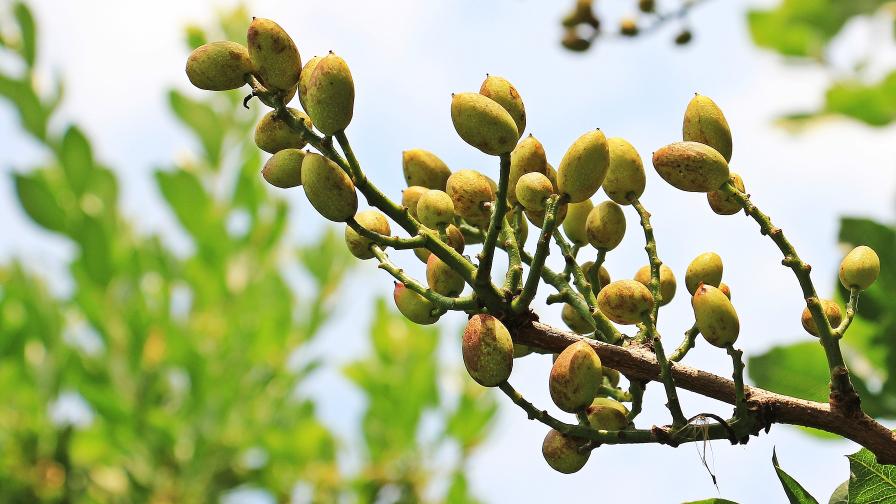Relentless Surge of Fruit Flies a Pain for California Growers
The California Department of Food and Agriculture (CDFA) is reminding people to heed the seven active fruit fly quarantines aimed at controlling the Mediterranean fruit fly, Oriental fruit fly, Tau fly, and Queensland fruit fly.
The Queensland fruit fly (Bactrocera tryoni) quarantine is the first of its kind in the U.S. Although QFF was first seen in California in 1985, the recent detection of two adult males triggered the unprecedented quarantine action by USDA’s Animal and Plant Health Inspection Service and CDFA.
“This pest has earned a bad reputation for wreaking havoc on fruit production in Australia, where it is native,” says Hamutahl Cohen, University of California Cooperative Extension Entomology Advisor for Ventura County. “Adult flies lay their eggs in fruit, and the eggs hatch into larvae that then feed on the fruit, causing damage.”
And while females of other fruit fly species live for only two or three months, QFF females are unique in that they can live up to a year, according to Cohen.
“Once QFF populations take root, they’re challenging to manage because females can each lay up to 100 eggs per day,” Cohen says.
In addition to being highly adaptable to a variety of environmental conditions, QFF has more than 170 host plants – including a wide range of California commodities such as citrus, grape, strawberry, fig, avocado, apricot, peach, cherry, nectarine, plum, pear, apple, tomato, and sweet pepper.
The threat to citrus is especially concerning, as Southern California growers continue to grapple with the specter of spreading huanglongbing (HLB) disease, which kills citrus trees. Cohen says residents of citrus-growing regions can do their part to help their neighbors and local economy by respecting quarantine restrictions.
While a spike this year in the detections of multiple fruit fly species was likely caused by a host of factors, Cohen speculates that increased post-pandemic travel is helping to move the flies. She adds it’s important to practice “Don’t Pack a Pest” principles.
“Invasive species often hitchhike on fruits and vegetables brought into California by travelers – that’s why we often first find invasive species in urban and suburban backyards, and not on farms,” Cohen says. “Travelers entering the U.S. can visit dontpackapest.com to learn about which products they can and cannot bring back with them.”
Growers with questions and concerns are urged to contact their local agricultural commissioner’s office.









